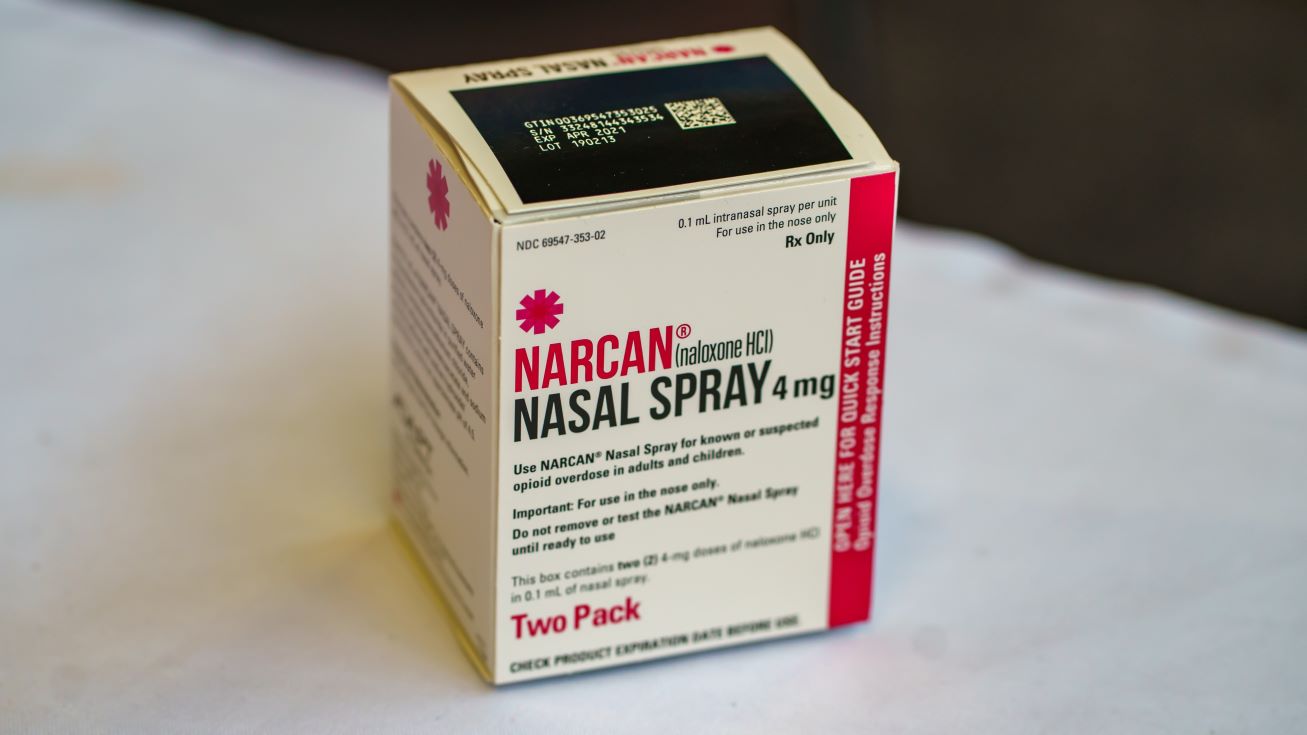What is Naloxone?
Naloxone is a medication that temporarily stops the effects of opioids and helps a person resume breathing after an opioid overdose. Naloxone is sold under several brand names, dosages, and formulations (e.g., nasal spray, injectable). Naloxone can help prevent drug overdoses.
How Can I Get Naloxone?
Naloxone is available at no cost at health department clinics in the Northeast Health District, with a limit of one kit per person. In Georgia, you can also purchase naloxone from pharmacies without a prescription. Not all pharmacies carry naloxone, so call ahead to find out if your pharmacy stocks naloxone. If you are requesting on behalf of a community-based organization, please fill out this form.
How Do I Use Naloxone?
Naloxone won’t harm someone if they’re overdosing on opioids or other drugs, so it’s always best to use it if you think someone is overdosing. If someone is not breathing and not responsive, follow these steps:
- Try to wake them by speaking loudly, pinching them, or rubbing your knuckles up and down the sternum (the bony part in the middle of the chest).
- If they do not respond, call 911 and explain someone is not responsive and not breathing.
- Tilt the person’s head back and stick the device all the way up one nostril.
- Press the plunger until it clicks.
- If the person does not immediately wake up, start rescue breathing:
- Get the person on their back and tip their head back to straighten the airway.
- Pinch their nose, put your mouth over theirs, and form a seal.
- Give one breath every five seconds.
- If they don’t respond in 2-3 minutes, give the second dose and continue rescue breathing.
- When the person starts to breathe regularly on their own, roll them into a recovery position on their side.
- Be gentle with them and yourself afterward!
Medical Amnesty
Georgia has a Medical Amnesty Law, which provides limited immunity to those seeking medical attention for themselves or someone else. This immunity covers:
- Possession of certain drugs or drug paraphernalia
- Violation of probation, parole, and other violations
- Illegal possession and consumption of alcohol
This law also provides civil and criminal immunity for the possession and administration of naloxone.
How to Report Naloxone Administration
If you use naloxone provided by a health department clinic, please complete the short form below. The information from the report will be entered into the Overdose Mapping and Application Program (ODMAP) and used to assist with responding to overdose events and identifying increases in overdoses.
